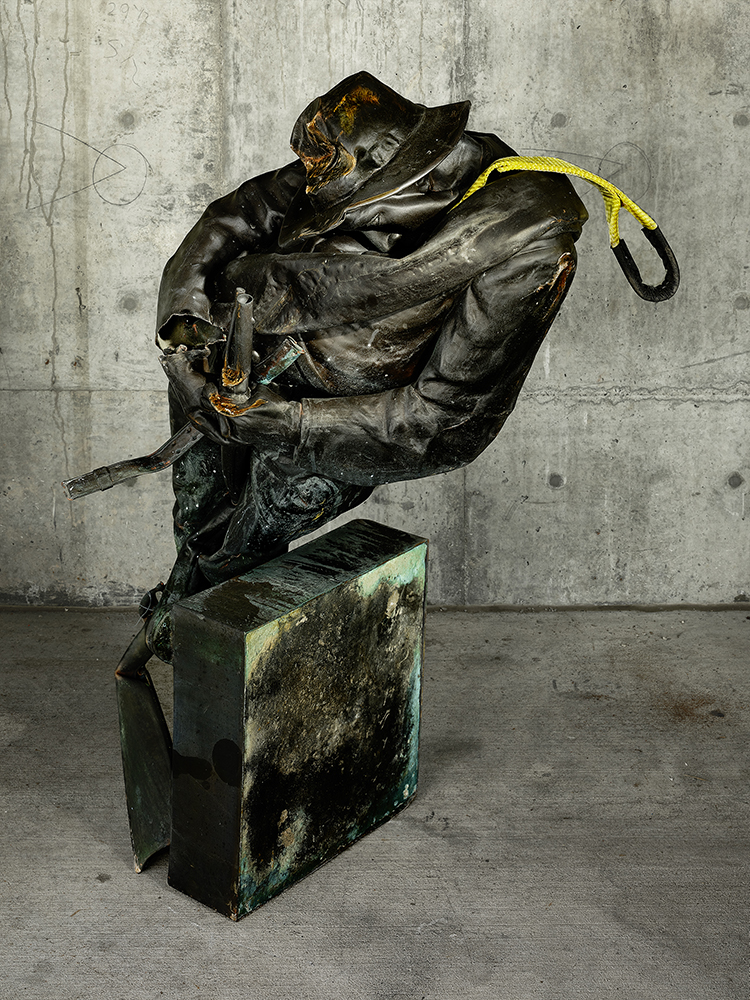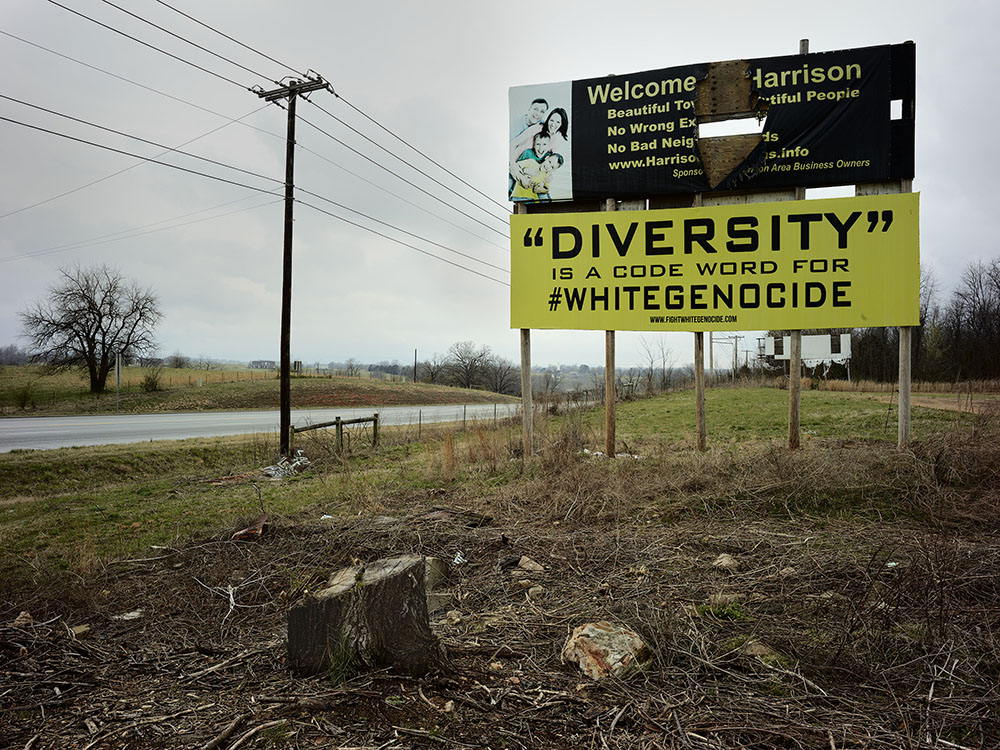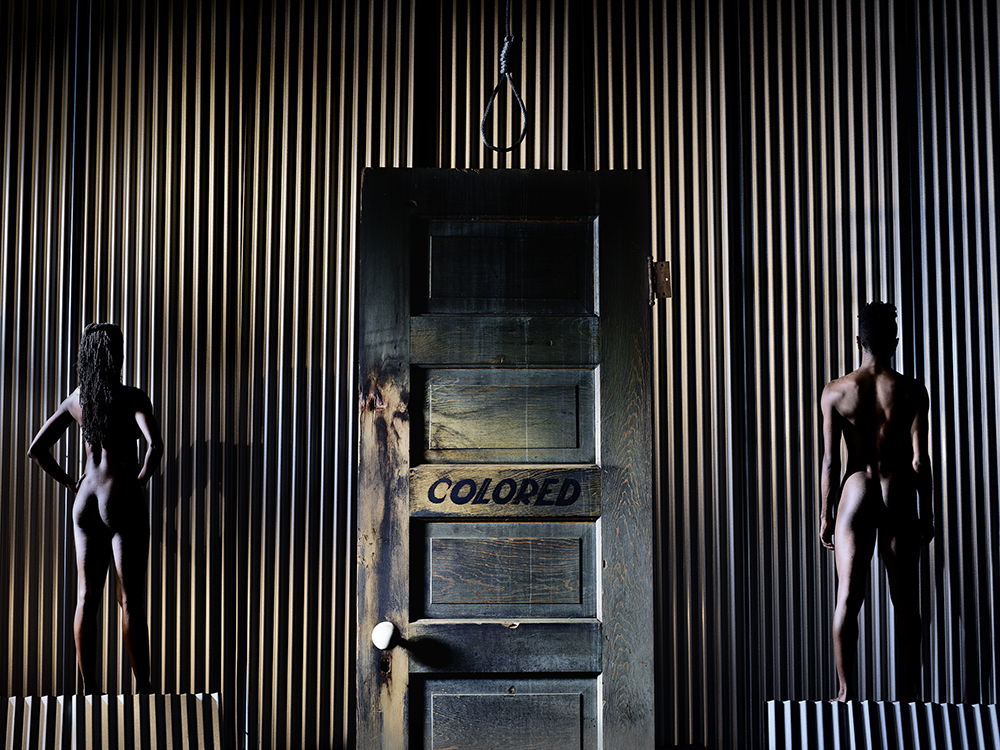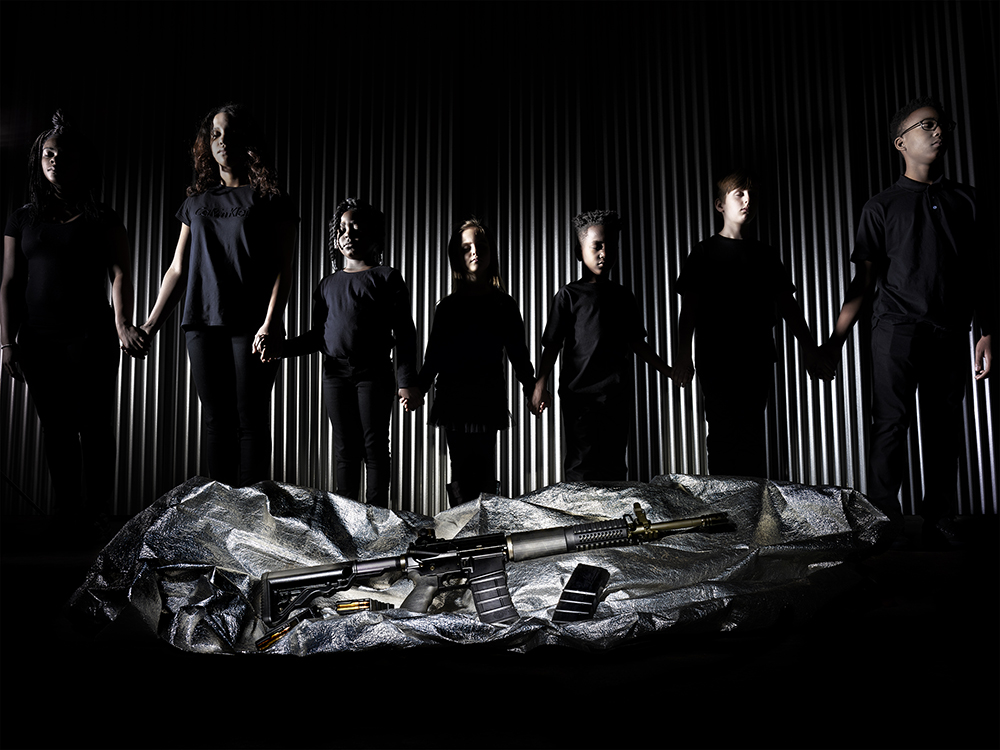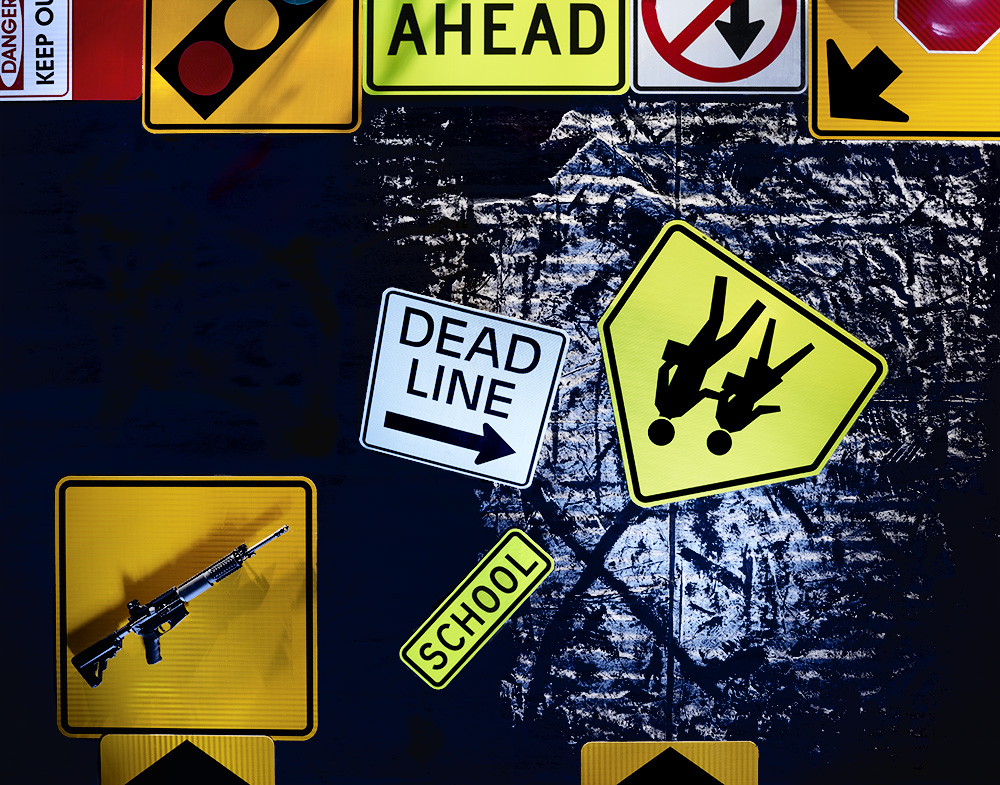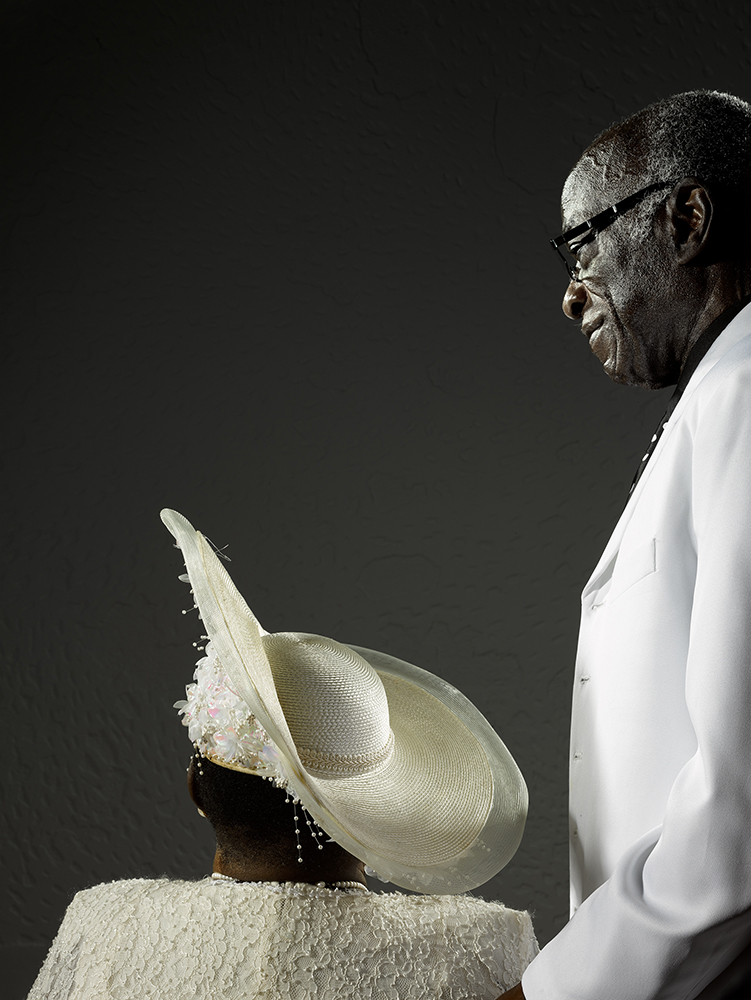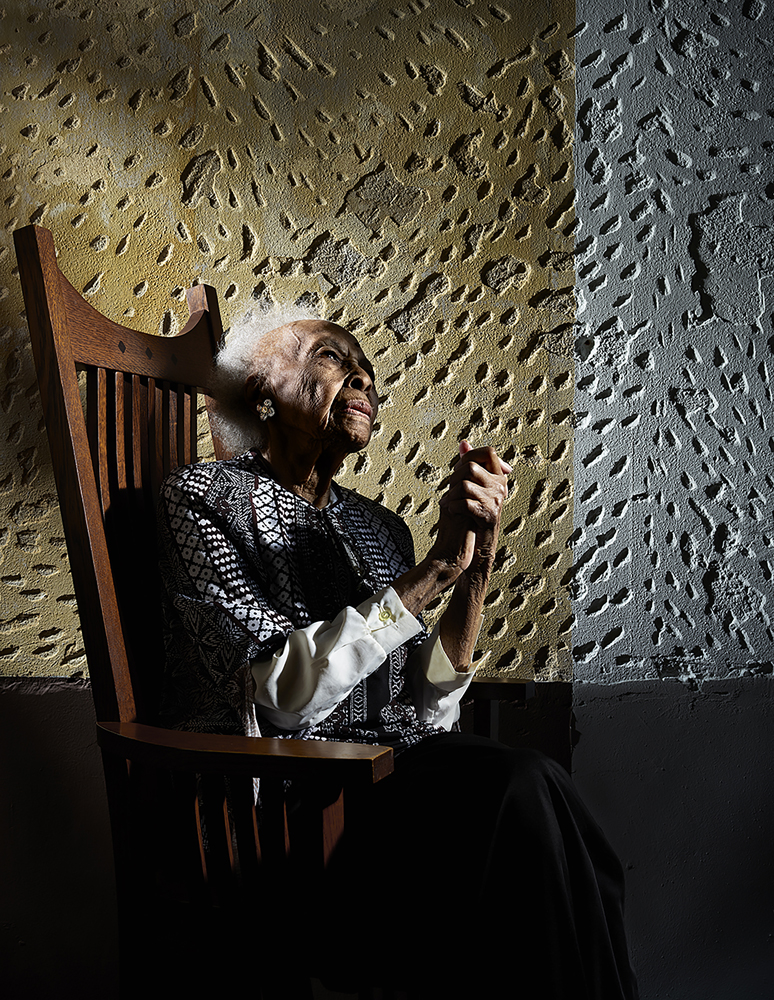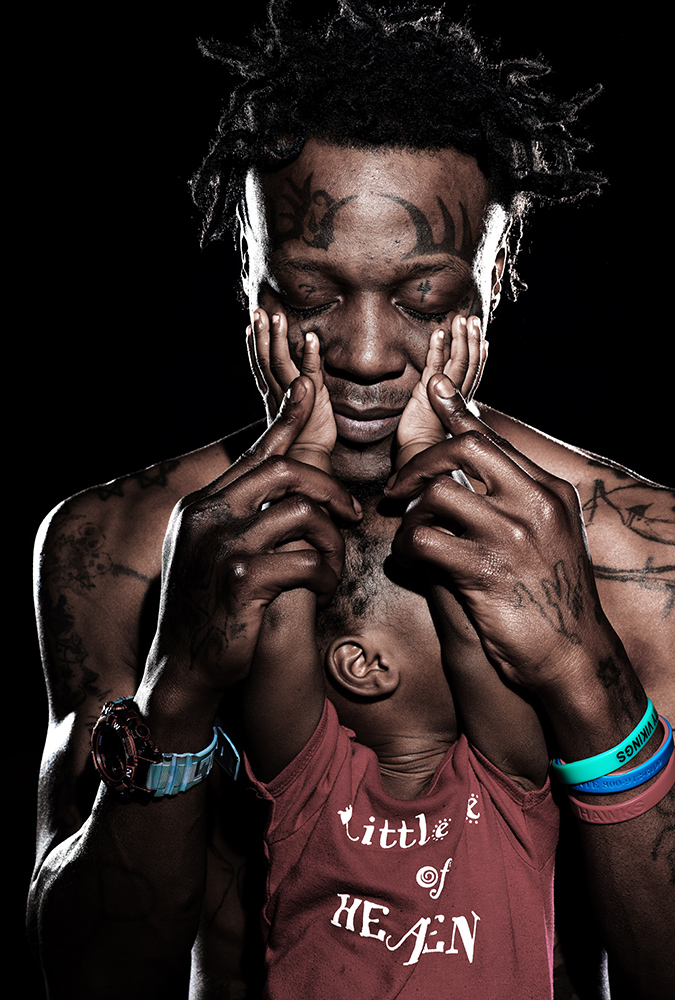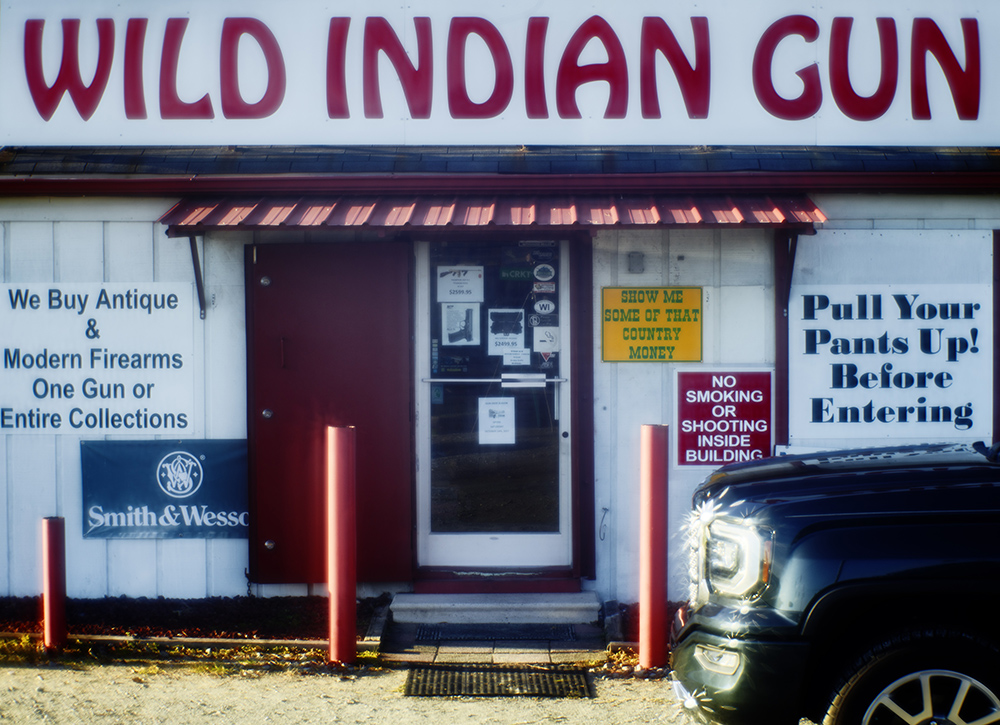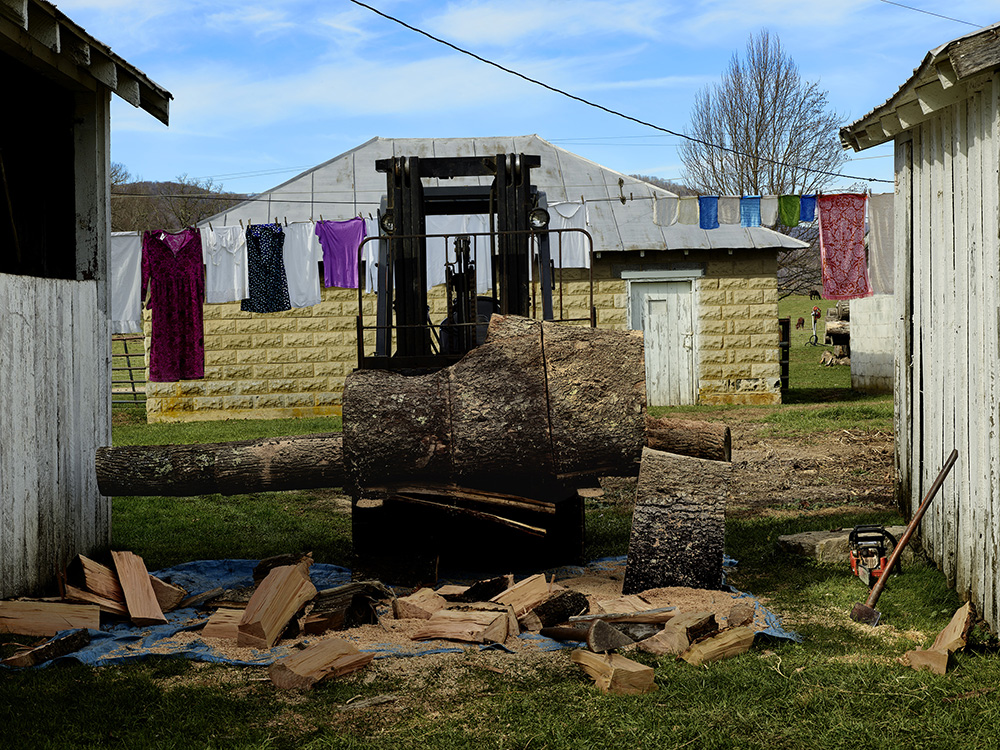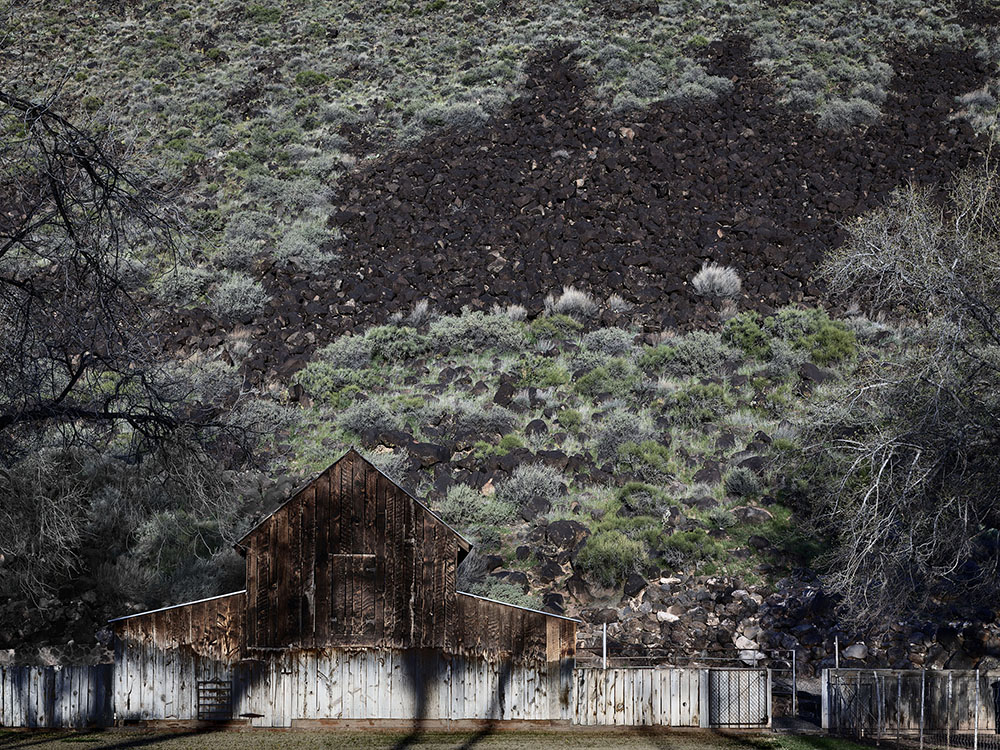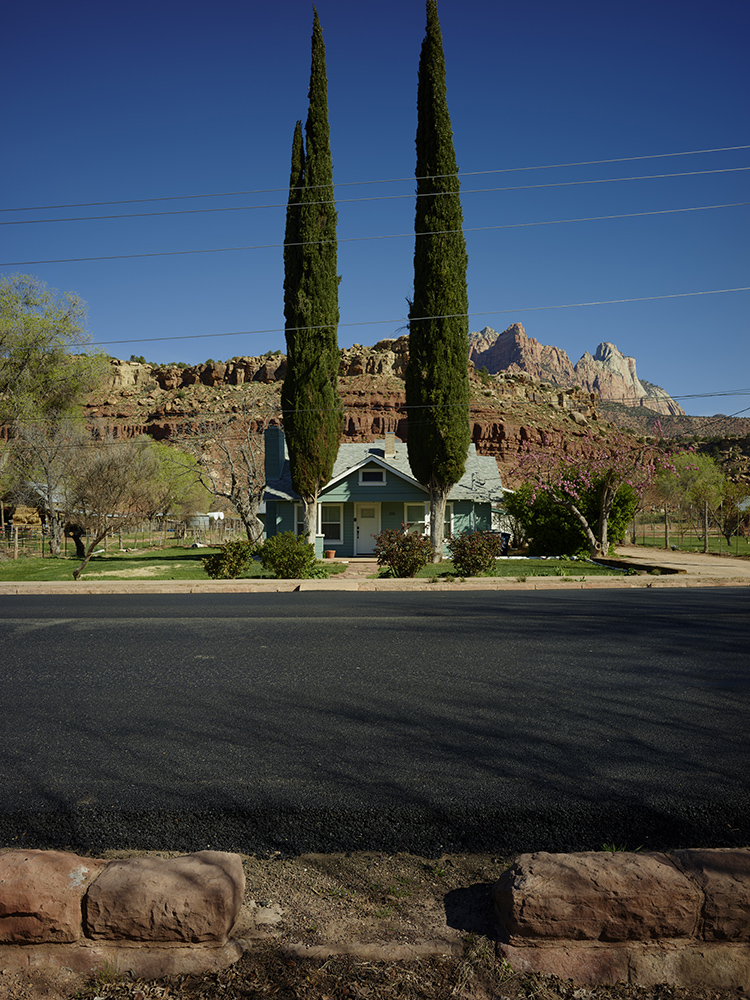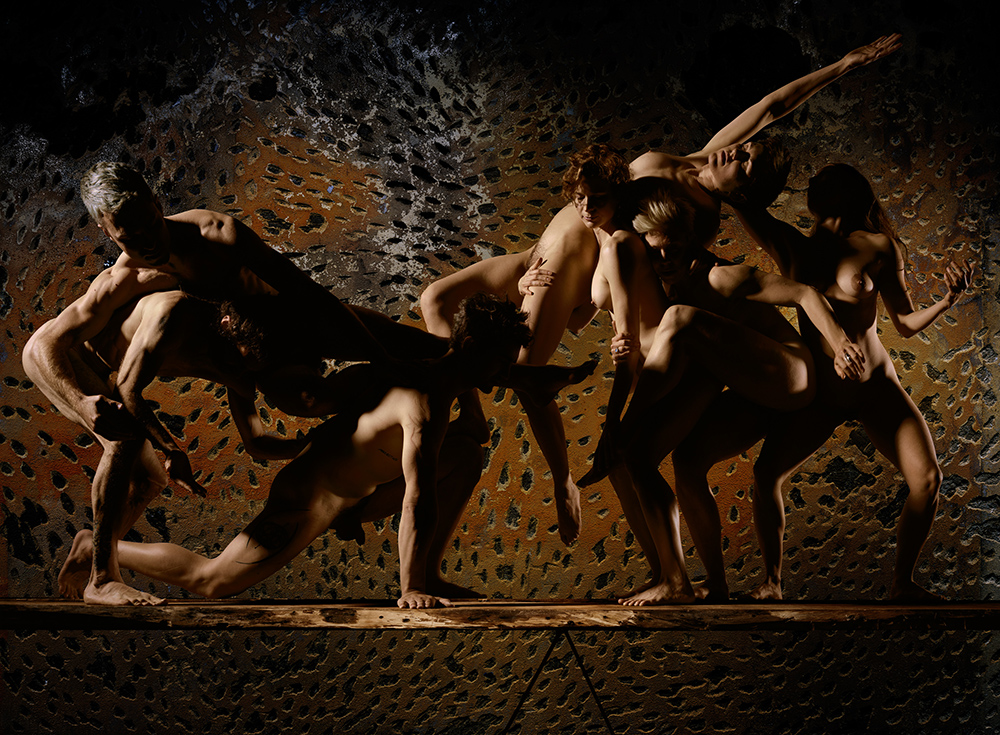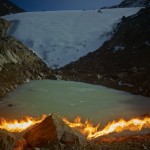The Evolved Documentarian : Interview with Burk Uzzle
I’ve been corresponding with legendary photographer Burk Uzzle over the past months and am excited to share a wonderful interview today, written by Janet Kagan. Burk is an exceptional photographer with a most amazing legacy. I was recently listening to an NPR podcast and Burk’s name came up. It turns out that Burk was the photographer who shot the Woodstock album cover, of the couple wrapped in a blanket. After exploring his legacy these past months, my first thought was “Of course it was!” Thank you Burk, for a life time of incredible work. – Aline Smithson
Burk’s friend Jethro Waters, the filmmaker of the film F11 and Be There, has just completed this short You Tube film on the making of “Remains” which is the photograph above.
The Evolved Documentarian : Interview with Burk Uzzle
by Janet Kagan (Arts Advisor + Associate Producer of F11 And Be There)
June 2018
Burk Uzzle has spent his life as a professional photographer. Initially grounded in documentary photography when he was the youngest contract photographer hired by LIFE magazine at age 23, his work continues to reflect the human condition. For sixteen years during the 1970s and 1980s, he was an active contributor to the evolution of Magnum and served as its President in 1979 and 1980. While affiliated with the cooperative, he produced the iconic and symbolic image of Woodstock, helped us grasp an understanding of the assassination and funeral of Dr Martin Luther King Jr, and powerfully projects comprehension of what it means to be an outsider – from Cambodian war refugees to disenfranchised populations without voice or agency to portraits of communities not identified on a roadmap.
His archive spans more than six decades and captures much of the history of analog and digital photography. His current bodies of work rest deep in issues of social justice. A dozen years ago, Uzzle returned to North Carolina and now lives and works in two century old industrial buildings located in downtown Wilson not far from where he was born. With the energy and determination of someone half his age, he wakes every morning at 5am, takes an hour to swiftly bike all over the town before the sun is up, and then gets to work. Disciplined, organized, and always open to ideas emboldened through keen intuition, Uzzle states with conviction that photography is his reason to breathe and what he sees is his muse.
JK : Your archive spans the breadth of 20th and 21st century photography. How and where are you working these days?
BU : My 18,000 square foot studio is in Wilson NC, which holds a particular magnetism for me – a middle class population devoid of celebrity fixations, open hearts, familiar dialects and cuisine, and a demographic balance among Caucasian, Afro-American, and Hispanic. I feel at home. I also take extended road trips as I have done all my life, although I am not sure that today I would again hitchhike across America as I did in 1960 with a couple of Leicas. I now travel in a large van with a roof-rack, which enables me to transport a generator, strobes, and multiple cameras.
My pictures have also changed and for the better. When Fuji stopped making my beloved 8×10 transparency film I immediately needed to switch big time to digital. The ultra Phase One 100mp backs on my Alpa or Phase One XF offered me a new and exciting future. Thinking back through all the iterations of large and small film capture over many decades, even working when I was fourteen with a photobooth in a bus station, and working through every imaginable darkroom method, it has truly been a journey through much of photography. To wind up with these digital tools, not to mention Photoshop, my life has been a magic carpet ride with the medium as we grew and evolved hand in hand.
JK : Your portraits of people and places across the world offer a compassionate appreciation and connection to your subjects. What are your motivations that assist your discernment of where to make the time to take the picture?
BU : Portraits are a dialogue between souls. The first step is to listen and hear, then to reflect, ask questions, and learn. To elicit a conscious and honest exchange takes time and serenity. I find it important not to rush or be in a hurry, especially when I do not know the subject. When possible, I always research the individual or place prior to a shoot, but this is not the same effort as developing a collaborative working relationship during a photo session. People and nature behave very differently! Tangible visual concepts form themselves with intuition and background mind-work, which is aided by tethering camera and computer so everyone can see what together we are creating.
JK : To be a professional artist requires tenacity and passion. What were the influences in your life that contributed to these attributes?
BU : Regarding tenacity, early in my life my mother told me to never let her hear me say that I “can’t do something.” She meant what she said and given my age and where I grew up, crossing my mother could have me out in the backyard cutting a switch off a tree for punishment. Discipline and strength of concentration came from music. My mother was also a musician and took money from the grocery budget to pay for my clarinet lessons. I was one of those kids who would practice scales for hours and at one point in my life I thought that I might be a conductor. My father was the humanist of the family and, as city manager of a small southern town, throughout his career he embraced all people with equal and tangible warmth. His funeral service remains vivid to this day for me because those attending were equally represented across ethnicity, age, and income. I absorbed his passion in the best possible way by being at his side, sitting in his public office in city hall, and quietly listening to the stories and concerns of others as well as broader community issues. He somehow always found a way to help everyone and to be of service.
JK : Is there a ‘Burk Uzzle Signature’ from which one could easily identify and distinguish your work from others and/or does the camera and equipment contribute to the style of the picture?
BU: Given my restlessness and curiosity, I’ve delighted in the eclectic aspects of the medium. Hard core journalism formed me while at LIFE Magazine, and subjective documentation and introspective intuition became dominant for me during the 15 years I was a member of Magnum. After resigning from Magnum in 1983, I have steadily felt the enticing freedom of experimentation. Always dedicated to impeccable craft, my commitment to medium format, hi-res capture methods offered me a third life during this most exciting time in photography. At times I feel like a baby in a cradle teething on Alpas, Phase One XF, and a 100mp back. In fact, I’m growing up all over again and having the best time! I am not sure that I have ‘signature’ per se although there is an identifiable way with which I construct pictures. There is always something special, somewhere in the frame that is unpredictable, or whimsical, or humorous, or tragic. These little ‘eight-balls in the side pocket’ could be in a corner but almost never as the primary subject seen center frame. I love using each corner within a composition and thereby establish dialogues among the four corners, which makes all my pictures almost impossible to crop.
JK : The definition of photography is rapidly changing; you have experienced several of these shifts throughout your career. What strikes you today as most surprising and interesting in the field?
BU : All the old rules and ‘sacred-cow’ definitions about what photography can and cannot be have thankfully died. This cross-fertilization among art forms has especially benefitted photography. My guiding lights have always been music and painting, and I’ve learned as much from Caravaggio as Walker Evans. Freedom, however, does not sanctify superficiality. The tools of our time, being so capable of saving us from little knowledge of craft, have made semi-idiotic work easy to find in prominent places for high prices. But sensationalism does not last, it’s just noise. Heartfelt emotion will always transcend time because it is what makes us human.
JK : There is an expansive range to your work yet some of your more recent pictures, as well as the profile of you that we see in the documentary film F11 and Be There (f11andbethere.com), exposes fault lines in our society. Please share with me your gravitational pull towards issues of social justice that are so evident in Remains, Diversity, Heritage, Targets, and Dead Line.
BU : Remains is a Confederate statue in Durham NC that was pulled off its pedestal whereupon it caved-in on itself. The crowd in attendance then spit and kicked the downed statue. I was granted access to make a portrait of it in an unidentified location. Seeing the form in a fetal position, I sought to make a dignified and touching picture of its remains. I found it ironic that the yellow rope so reminded me of the noose used to hang African-Americans. It seems difficult today to maintain a neutral position about the Confederacy and its monuments; I hope this picture can touch our humanity outside the realm of politics recognizing that each of us adhere to distinct beliefs, just like religion.
On a road trip across the America last year, in Harrison AR I passed the Diversity billboard. This picture is a straight documentary landscape while also a photograph of the underbelly of the United States of America. How is it that we are united?
Heritage is the depiction of what it is to be African-American in the south. A friend found the ‘colored’ door in her former industrial building, which is currently being renovated. She loaned it to me and it became the center piece. As she eloquently observed, “Can you imagine the humiliation those people felt all those years as they put their hands on that door knob?” Indeed, and they were also living with the knowledge of African-Americans regularly being lynched. A friend of mine had a cross burned in his yard when he was growing up in Wilson; the hanging noose above the door speaks to that fact of life. Two remarkable dancers agreed to stand undressed on small platforms reminiscent of all slaves being sold. Some of my white southern friends refuse to take a serious look at this picture. I am reminded of the saying, ‘The truth shall set you free, but first it will piss you off.’
Our children are regularly being shot to death in schools while our politicians are doing nothing and we have a hate-monger President that has campaigned on, been elected on, and regularly espouses racism and turning people against one another. It is truly left to the artists to make our world better. So I borrowed from a friend an AR15 rifle – often the weapon of choice in these killings – and removed its firing mechanism. I placed it in the foreground and carefully lit it as though a jewel. Children from the Sallie B Howard School for the Arts + Education in Wilson NC were the subjects in Targets; closing their eyes as though on a firing line. Their parents, School faculty, and other students join us in the studio where we spent time talking about this fearful topic.
Once again, I borrowed the AR15 and the County Public Works Department loaned me street signs so I could create an abstract, conceptual picture around Dead Line. The upside down School Zone sign is all too often a component of our heartbreaking morning news.
JK : When deeply exploring across your portraits of places, I am struck by ‘tonalities’ of gentle and edgy, curious and familiar, and pneumatic and detailed. For example, your collection of Burned objects is profoundly distinct from Community, Horses, Niagara Falls, and Barn with Lava. How do you select which profile to bring to light?
BU : I listen carefully to what I’m seeing as the subjects in front of me tell me who they are or what they represent. Their story becomes my story, and my job is to choose appropriate visual articulation to honor our now collaborative agenda. Given my age and eclectic experiences, my tools are numerous! I can elect to accentuate light, minimalism, consideration of quattrocento technique, vintage legacy lenses, modern ultra high-resolution, hyperrealism, impressionism, journalism, or conceptual abstraction – each of which are all at my service.
JK : You have remarked that strong sidelight and contrast, such as found in portraits by Rembrandt and Caravaggio, contribute to how you compose a picture. What are the critical elements that you sought to bring together in the images we see of Dr Sallie B Howard, Amy and Gilbert Windley,, Theophulis and Son, Dr Alma Cobb Hobbs, Affirmative, and Abdoulaye Rouse?
BU : My job is to accentuate the essence of the lives of my subjects. I do this with graphics, careful composition, and the use of spotlights to sidelight the most important elements. I then often underexpose less important areas. I work through my pictures placing these lights like sauces or condiments in a meal. Theatricality can an important tool if it serves an unpretentious agenda such as the intrinsic nature of the subject rather than drawing attention to the skill of the artist by simply showing off mere craft.
The study of Rembrandt, Caravaggio, Goya and many others has been fundamental to the evolvement of my vision. When I first joined Magnum, Cartier-Bresson suggested that I study the quattrocento painters. What they did was compose front to back as well as side to side, and the graphic components always conjoin to lead the eye through what can be multiple editorial and graphic agendas. The great history paintings of those years offer lessons any photographer can use. We can make pictures that are complex rather than simple sentences. The tendency, with the ease of quick and easy shallow focus, is fine for some ideas but what if we want to install our subjects in an environment that elaborates and amplifies our subjects? Each of these six pictures thoughtfully connects the subject with a place of meaning for them, whether physical, emotional, and/or symbolic.
JK : It seems that several times a year you regularly pack up your large van with equipment and forsake the highway for roads not located on a map. And in between times when you are in the studio, you are more absorbed with the unique stories of individuals or our shared current affairs. What is the next frontier or issue that compels you to press forward each morning at 5am?
BU : While staying in touch with the news is helpful, it is during my early morning bicycle rides that offer me the active meditative opportunity to listen to the whispers of my voice and soul, which rise to the top of my psyche. These impressions help me decide what to dedicate myself to. It is a process that often starts with vague but restless feelings that gradually turn themselves into ideas that then work themselves into visual concepts. Then, it is not unusual for those concepts to wrestle my mind into a different way of seeing. My eye listens to my mind but reserves the option of thinking in it’s own way.
Janet Kagan, MBA, MA, is Founding Partner of Art-Force, a strategic planning and design studio aligning civic and philanthropic investment for socio-economic wellbeing. She is a civic curator imaginatively combining community and cultural assets in collaboration with local leadership, creatives, corporations, nonprofits, and government to realize site specific solutions. Each initiative reaches beyond goals and policies to grow stronger communities; revitalize downtowns and neighborhoods; breathe life into neglected areas; and, demonstrate that community development is synonymous with economic development especially when people can walk to work for meaningful employment.
Janet has designed and led more than one hundred civic development projects, mobilized and mentored hundreds of leaders to effect change, and regularly participates on grant review panels and artist selection juries. She currently serves on the Placemaking Leadership Council, Board of AgArts, and Associate Editor of the International Journal of the Arts in Society. Her education includes Duke University (MA : Philosophy of Art); Simmons School of Management (MBA); Hampshire College (Political and Social Theory); and, the people and places with whom she works.
Posts on Lenscratch may not be reproduced without the permission of the Lenscratch staff and the photographer.
Recommended
-
Earth Week: Simon Norfolk: When I am Laid in EarthApril 27th, 2024
-
Shinichiro Nagasawa: The Bonin IslandersApril 2nd, 2024
-
The International Women in Photo Association Awards: Lorraine Turci: The Resilience of the CrowMarch 16th, 2024
-
The International Women in Photo Association Awards: Rayito Flores Pelcastre: Chirping of CricketsMarch 14th, 2024
-
The International Women in Photo Association Awards: Louise Amelie: What Does Migration Mean for those who Stay BehindMarch 12th, 2024

